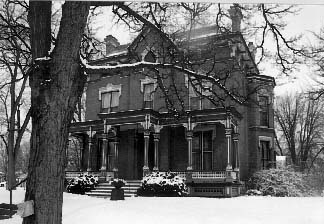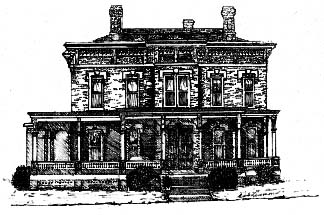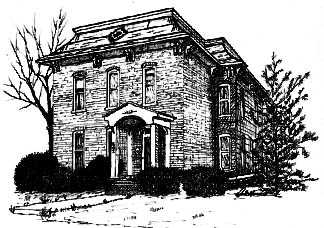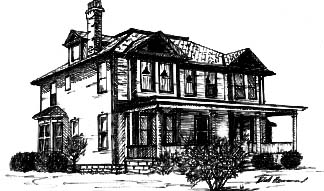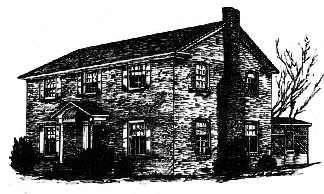| | early history were members of the Harter family. Joseph Harter, Sr. 1783 - 1861, born in Pennsylvania, and his wife Elizabeth Brower, born in Virginia, moved their family, together with the family of their eldest son, Eli, to the North Manchester community from Montgomery County, Ohio, in 1836. They came by way of Indianapolis and by wagon train. They settled on land just north of Eel River and east of the old Wabash Road. By 1837 Joseph and Eli had filed claim on 1795 acres of land in Chester township and 960 acres in Pleasant township. In 1839, Joseph and his sons built a saw mill and a grist mill near the site of a later dam on the Eel. They built flour mills at Laketon and Collamer and later, Eli operated a mill on Treaty Creek at the south edge of Wabash. By 1851 Joseph turned most of his business interest over to his younger son, Jacob and Joseph, Jr. The last of his real estate holdings was that part of town known as Harter's Woods, finally platted as Oak Park Additon. It is now a part of Warvel Park and the late residence of the Peabody family. Still part of Manchester's history.
Pottawatomi Were Earliest Settlers
Pres, Otho Winger did considerable research about the early Indian settlements near North Manchester. One was the settlement just north of the present College athletic fields believed to be that of the Pottawatomi Chief Pierish. He had a double log house with a fireplace and when he died he was buried just outside the house, somewhat under the base of the fireplace. This site was a well chosen one on a bit of a bluff where the river made a bend and where formerly two good springs flowed from the base of the bluff. When, in 1834 Richard Helvey made the first permanent settlement near North Manchester, this white settler chose the site of the old Indian village. Later the land was owned by the Cook family. Just north beyond the Cook homestead was the old home of Judge Comstock, one of the prominent pioneers of that early time and the father of Liberty Mills. Across the campus grounds, Indian trails led down to the Kenapocomoco. No doubt Indian braves of long ago held their games and performed athletic feats near the Chief's village.. And somewhere close to the present day road to Liberty Mills it is believed the first corn grown in this country thrived under the care of the Pottawatomi women.
The Eel River was important for transportation and trade and Indian canoes
and the white man's pirogues were a frequent sight. The single file march of
Indian ponies and their riders followed winding trails along the banks. There
were forests of hardwoods and nut trees, hickory, walnut, hazel and pecans.
Maple syrup could be made and there was an abundance of berries for drying.
There was also an abundance of wild animals especially beaver, but also bear,
raccoon, lynx, fox, wild cat and even a rare buffalo. Deer were everywhere. In
addition to the heavy fur trade in the area, wild game made an important
contribution to the food supply. This history, too, we must not forget. Page Eight | |
